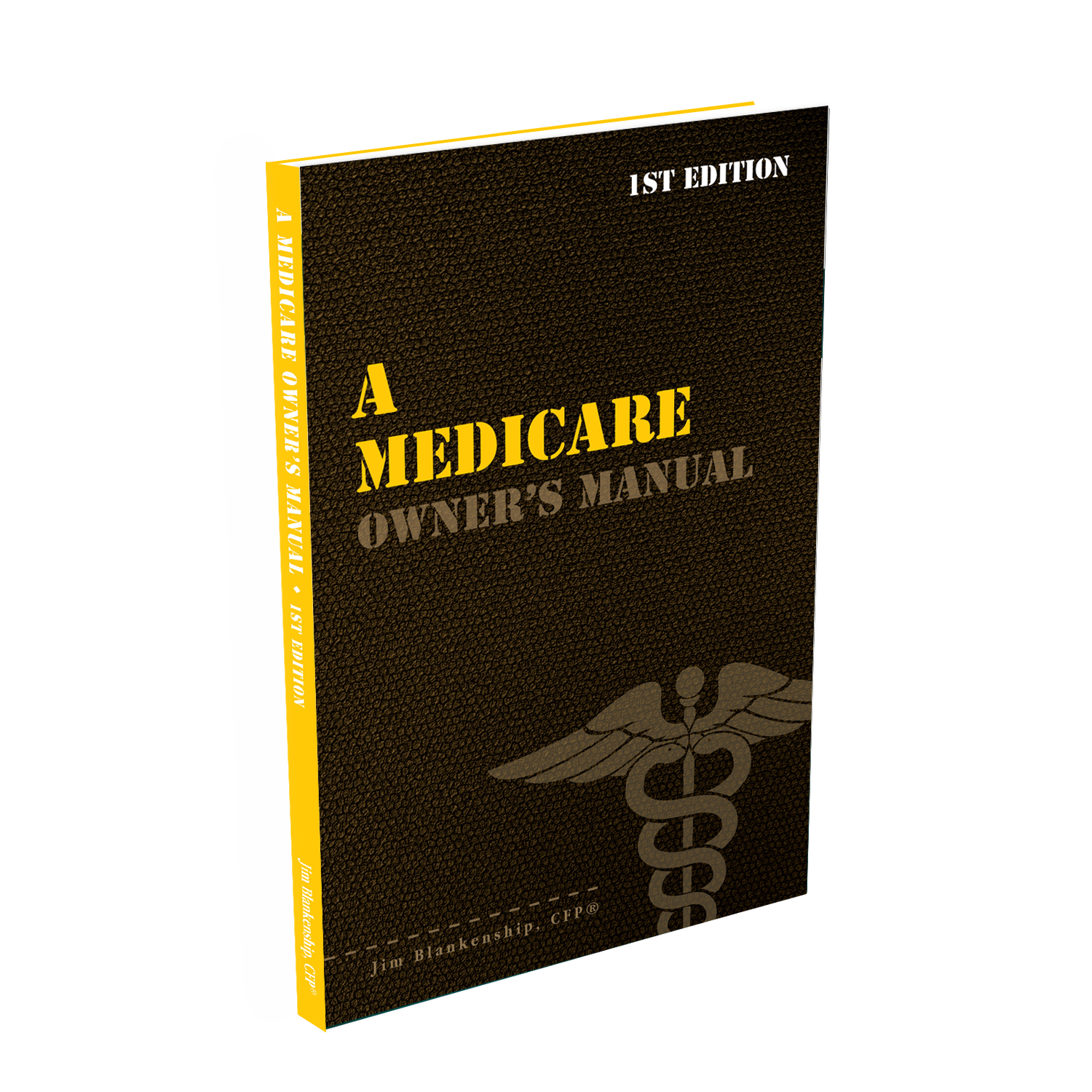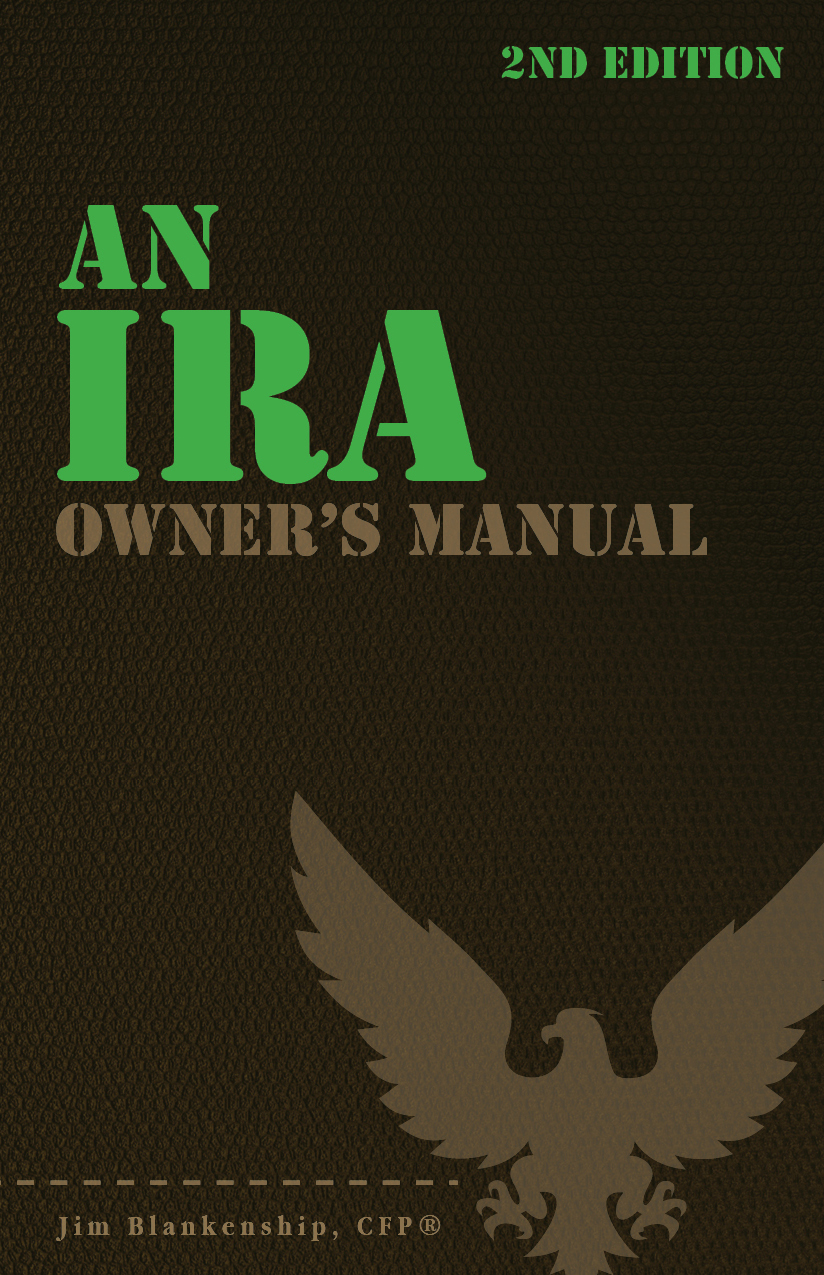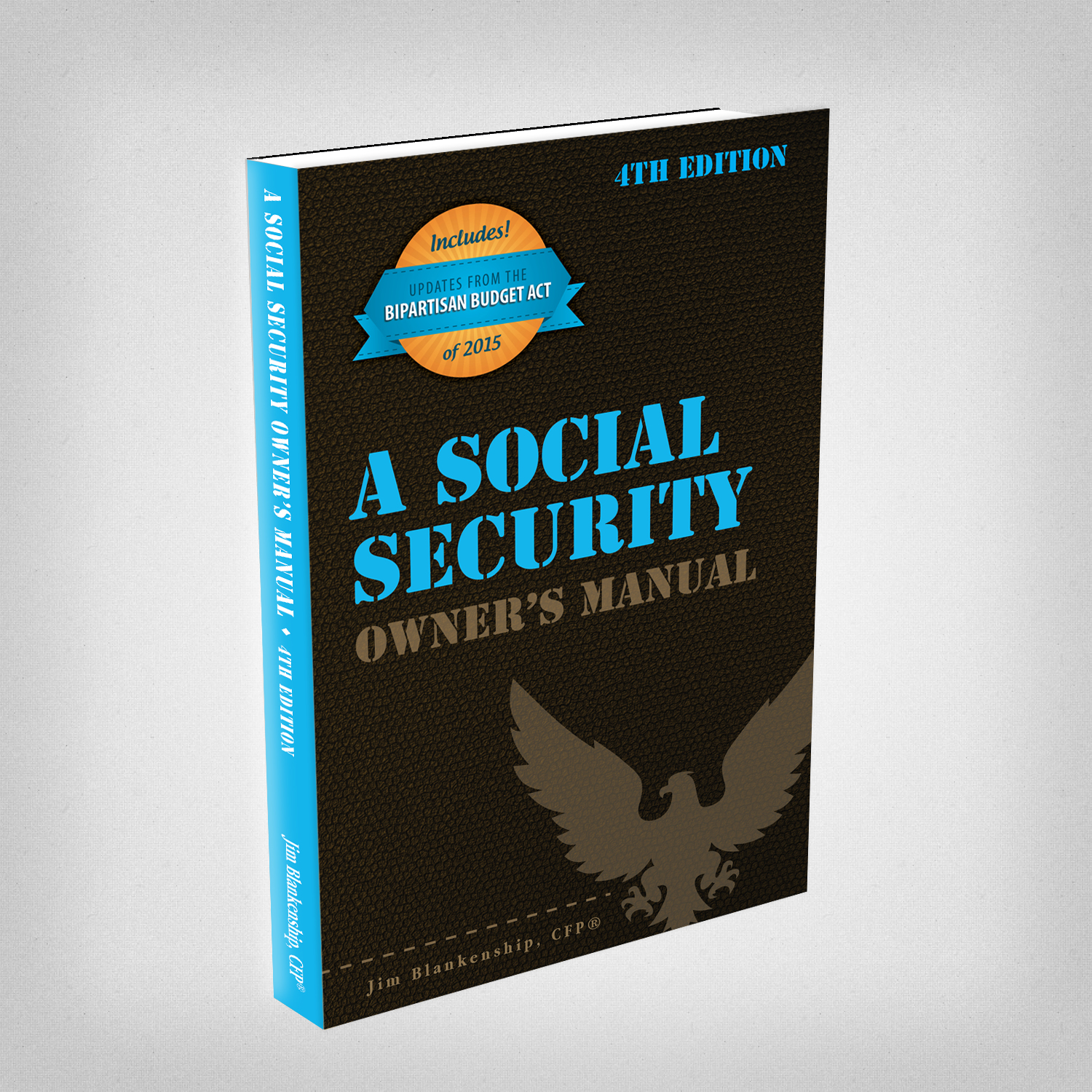What are the differences and similarities between traditional IRA and Roth IRA? This article gives you the basics in a comparison and contrast.
IRA
Rollover Risk
The idea of an IRA rollover, or a rollover IRA, isn’t necessarily a cosmic mystery – this happens all the time. You leave your job, and you rollover your 401(k) to an IRA. No problem, right? Unfortunately, there often are problems with the process of moving funds from one account to another – because there are a couple of very restrictive rules regarding how this process can and cannot be done. It’s not terribly complex, but you’d be surprised how easily these rules can trip you up. Rollover Risk Let’s start with a few definitions: A Rollover is when you take a distribution from one qualified plan or IRA custodian, in the form of a check made out to you, and then you re-deposit that check into another qualified plan or IRA account (at a different custodian). A Trustee-to-Trustee Transfer (TTT), even though it is often referred to as a […]
How to Make Your Saving Automatic
Sometimes it can be difficult to save for emergencies or for retirement. While physically not demanding, the mental strain can be a hump that is hard to get over. In other words, we experience a little bit of “pain” or mental anguish if we have to physically hand over money or write a check. So how can we overcome this anguish? Automate. First, determine how much you need for an emergency. This can either be to start the fund or to replenish amounts that have been used. Generally, it’s a good idea to have 3 to 6 months of non-discretionary expenses (expenses that don’t go away if you lose your job or become disabled) set aside in an FDIC insured bank account. Some individuals may find it more comforting to have 6 to 9 months or 9 to 12 months. It’s up to you. For retirement, I recommend saving 15 […]
6 Year End Tips for a Financially Productive 2017
As 2016 comes to a close in a few weeks and we start into 2017, here are some good tips to consider to start 2017 off with some good strategies that will hopefully become habits. If you’re not doing so already, set up your payroll deductions to save the maximum to your 401k. There’s plenty of time to your payroll allocated so your deductions start coming out on the first paycheck in January. The 2017 maximum contributions are $18,000 for those under age 50 and $24,000 for those age 50 or older. To deduct the max, simply take the number of pay periods you have annually and divide it into your maximum contribution amount. This will allow you to save the maximum amount over 2017. Consider doing the same to maximize your IRA contribution. Those limits are $5,500 (under 50) and $6,500 (over 50) respectively. Check your allowances on your […]
Tax-Loss Harvesting: It’s Never Too Late
Tax-loss harvesting is a tax move that can help with your income tax burden when you’ve experienced a loss with your investments. Briefly, this is where you have a taxable account, holding stocks, bonds, or mutual funds and the market declines leaving your holdings in a loss situation. Once you sell the holding, you have realized the loss, which enables you to take advantage of the tax laws and deduct those losses, first against any gains in your account(s), and then at a rate of $3,000 per year against ordinary income. This is similar to the famous move that Mr. Trump (and I would be shocked if Mrs. Clinton never took a loss against future taxes) used to avoid future income taxes. This was recently discovered in Trump’s tax records and made out to be a fatcat loophole – at least by the media – when actually anyone can take advantage of […]
SOSEPP & How a QDRO Affects It
In addition to the 72(t) exception available for folks with a QDRO (see this post), there is also the question of how a QDRO impacts an established Series of Substantially Equal Periodic Payments (SOSEPP) – which, as we know, once established can only be changed one time. Although not definitive, below are summaries of three Private Letter Rulings (PLRs) that seem to suggest first of all that making the distribution is not subject to the 10% penalty when a QDRO or divorce decree is involved, pursuant to the regulation in Code section 72(t)(4)(A)(ii). Private Letter Rulings for SOSEPP 1) The transfer to a taxpayer’s spouse pursuant to a divorce decree of 50% of each of three separate IRAs owned by the taxpayer from which the taxpayer had already begun receiving “substantially equal periodic payments” did not result in a modification where the taxpayer’s spouse was two years younger and would commence […]
401(k) & Qualified Domestic Relations Orders (QDRO)
An exception to the 10% penalty on distributions from a qualified plan (but not an IRA, an IRA is split via a transfer incident to a divorce, which is not an automatic exception) Qualified Domestic Relations Order, or QDRO (cue-DRO). A QDRO is often put into place as part of a divorce settlement, especially when one spouse has a qualified retirement plan that is a significant asset. What happens in the case of a QDRO is that the court determines what amount (usually a percentage, although it could be a specific dollar amount) of the qualified retirement plan’s balance is to be presented to the non-owning spouse. Once that amount is determined and finalized by the court, a QDRO is drafted and provided to the non-owning spouse. This document allows the non-owning spouse to direct the retirement plan custodian to distribute the funds in the amount specified. In the case of a QDRO, the owning spouse will […]
Missed Rollover Automatic Waivers
When you rollover funds from one retirement plan to another, a missed rollover occurs if you can’t complete the rollover within 60 days. A missed rollover results in a taxable distribution. However, there have always been certain specific situations that provide for exceptions to this rule, but any reasons outside that limited list required the taxpayer to request a Private Letter Ruling (PLR) from the IRS. The PLR request process could result in some significant costs for lawyers and fees. Rev Proc 2016-47: Missed Rollover Waivers Recently the IRS published a new procedure for handling an expanded list of exceptions for a missed rollover. This procedure, Rev. Proc. 2016-47, outlines eleven possible exceptions to the missed rollover rule. The eleven exceptions are: an error was committed by the financial institution receiving the contribution or making the distribution to which the contribution relates; the distribution, having been made in the form of a check, was […]
Withdrawals from an IRA – death, disability, and 59 1/2
Three of the most common ways that you can withdraw funds from your IRA without penalty are: 1) reaching age 59½; 2) death; and 3) disability. Below is a brief review of each of these conditions for penalty-free withdrawal: Reaching Age 59½ When you reach age 59½, you can withdraw any amount from your IRA without penalty, for any reason. The only thing you have to remember is that you must pay ordinary income tax on the amount that you withdraw. This means that, once you have reached the date that is 6 months past your 59th birthday, you are free to make withdrawals from your IRA without penalty. You are not required to take distributions at this age (that happens at age 70½). Death Upon your death at any age, the beneficiaries of your account or your estate if you have not named a beneficiary, can take distributions from your IRA in […]
Age 72 RMD Rules
As an owner of an IRA or other qualified retirement plan (such as a 401k), when you reach age 72 (or 70½ under the pre-2020 rules) you are required to begin taking distributions from the account(s). There are several important factors about these distributions that could trip you up if you’re not careful. Listed below are some of the more important rules – but keep in mind that these RMD rules are only for the original owner of the account, not for a beneficiary of an inherited account. There is a different set of rules for inherited IRA RMDs. Required Minimum Distribution Rules Calculation of RMD – Determine your account balance from the end of the calendar year prior to the year for which the distribution is being calculated. Any additions or withdrawals after December 31 of the previous year are not included in this balance, even if an addition […]
Early Withdrawal of an IRA – 72t Exceptions
If you have done much studying about IRAs and 401k plans, you probably know that there are several exceptions in the Internal Revenue Code that allow an early withdrawal from your IRA or 401k plan without the 10% penalty being imposed. The section of the IRC that deals with quite a few of these exceptions is called Section 72t (referred to as 72t for short), and there are several subsections in this piece of the Code. Each subsection, listed below, has specific circumstances that must be met in order to provide exception to the 10% penalty. Clicking on the link for each subsection will provide you with additional details about that exception. §72(t)(2)(A)(i) – age 59½ – this is the standard age allowing for penalty-free withdrawals from your IRA or 401k. In some cases there is an exception allowing for penalty-free withdrawals from a 401k at or after age 55; and […]
Net Unrealized Appreciation
This widely misunderstood section of the IRS code can be quite a benefit – if it happens to fit your situation. Net Unrealized Appreciation (NUA) refers to the increase in value of your company’s stock held within your 401(k), either due to a company match or your own investment in the company stock within the 401(k). Other company-sponsored deferred accounts can apply here as well, but the primary type of account is the 401(k), so we’ll refer to all company-sponsored tax-deferred accounts as 401(k)’s for the purpose of this discussion. In order to take advantage of the Net Unrealized Appreciation provision, first of all you must hold your company’s stock in your 401(k), and you must be in a position to roll over the account. That is, either you must have separated from service by leaving employment (voluntarily or involuntarily), or the 401(k) plan is being terminated. As you consider […]
Early Withdrawal of an IRA or 401k – Medical Expenses
There are several ways to get at your IRA funds before age 59½ without having to pay the 10% penalty. In this post we’ll cover the Medical Expenses which allow for a penalty-free distribution. There are three different Medical reasons that can be used to qualify for an early withdrawal: high unreimbursed medical expenses, paying the cost of medical insurance, and disability. Disability and high unreimbursed medical expenses are also applicable reasons allowing for early withdrawal of 401k funds without penalty. We’ll cover each of these topics separately below. High Unreimbursed Medical Expenses If you are faced with high medical expenses for yourself, your spouse, or a qualified dependent, you may be eligible to withdraw some funds from your IRA or 401k penalty-free to pay for those expenses. The amount that you can withdraw is limited to the actual amount of the medical expenses you paid during the calendar year, minus 10% […]
Early Withdrawal of an IRA – First Time Homebuyer
When you have money in an IRA, you are allowed to begin taking withdrawals once you’ve reached age 59½. But sometimes you’d like to take your money out earlier… and you’ve probably already discovered that there is a 10% penalty for taking funds out of your IRA early, right? So – is there a way to avoid that penalty? Perhaps as a first time homebuyer. There are several ways to withdraw IRA funds without penalty, as a matter of fact. There are several sections of the Internal Revenue Code that deal with these early distributions – including 72(t) which includes the first time homebuyer exception. We’ll explain the first time homebuyer exception in this post. First Time Homebuyer If you are buying, building, or re-building your first home (defined later), you are allowed to take a distribution of up to $10,000 (or $20,000 for a married couple) from your IRA to fund a portion of […]
Changing Your SOSEPP – Once, just once
If you’re taking (or planning to take) early distributions from an IRA using the 72(t) provision with a Series of Substantially Equal Periodic Payments, also known as a SOSEPP, you need to know a few things about this arrangement. For more information on SOSEPPs in general, see the article Early Withdrawal of an IRA or 401(k) – SOSEPP for more details. Generally when you establish a SOSEPP you have to stick with your plan for the longer of five years or until you reach age 59½ years of age. However, the IRS allows changing your SOSEPP one time, and only one time. And then, the rules only allow changing your SOSEPP from either the fixed annuitization method or the fixed amortization method to the Required Minimum Distribution method. This is the only exception allowed for changing your SOSEPP during its enforcement period, which is the later of five years after you started the SOSEPP or when […]
Traditional or Roth IRA?
If you’re thinking on starting and contributing to an IRA, you may be wondering which IRA is right for you. Generally, an individual has two IRAs to choose from – the traditional IRA and Roth IRA. This post provides some guidelines and information to help you make your decision. In some cases, based on your income, the decision is already made. In all cases, to contribute to an IRA an individual must have earned income. This is generally W2 wages, Schedule C income, and even alimony received. Let’s start with the traditional IRA. For 2016, the maximum annual contribution amounts is $5,500 for individuals under age 50 and those 50 and over are allowed an additional $1,000 catch-up for a total of $6,500 annually. This is also true for Roth IRAs. Also, the annual maximums are the total among all IRAs. That is, if an individual is under age 50, […]


 Sterling Raskie, MSFS, CFP®, ChFC®
Sterling Raskie, MSFS, CFP®, ChFC® The latest in our Owner’s Manual series, A 401(k) Owner’s Manual, was published in January 2020 and is available on
The latest in our Owner’s Manual series, A 401(k) Owner’s Manual, was published in January 2020 and is available on  A Medicare Owner’s Manual, is updated with 2020 facts and figures. This manual is available on
A Medicare Owner’s Manual, is updated with 2020 facts and figures. This manual is available on  Social Security for the Suddenly Single can be found on Amazon at
Social Security for the Suddenly Single can be found on Amazon at  Sterling’s first book, Lose Weight Save Money, can be
Sterling’s first book, Lose Weight Save Money, can be  An IRA Owner’s Manual, 2nd Edition is available for purchase on Amazon. Click the link to choose the
An IRA Owner’s Manual, 2nd Edition is available for purchase on Amazon. Click the link to choose the  Jim’s book – A Social Security Owner’s Manual, is now available on Amazon. Click this link for the
Jim’s book – A Social Security Owner’s Manual, is now available on Amazon. Click this link for the  And if you’ve come here to learn about queuing waterfowl, I apologize for the confusion. You may want to discuss your question with Lester, my loyal watchduck and self-proclaimed “advisor’s advisor”.
And if you’ve come here to learn about queuing waterfowl, I apologize for the confusion. You may want to discuss your question with Lester, my loyal watchduck and self-proclaimed “advisor’s advisor”.